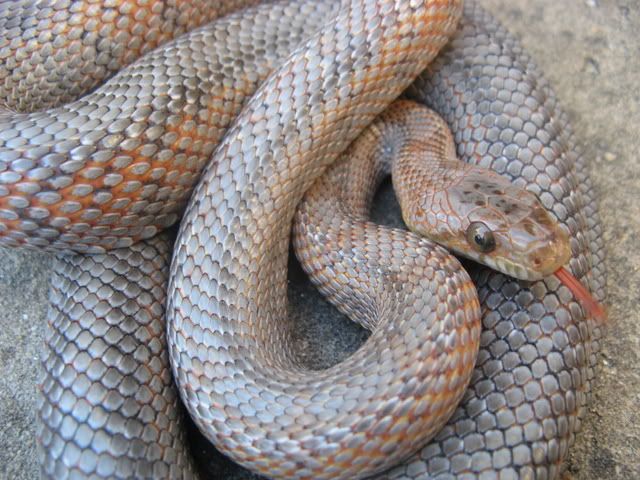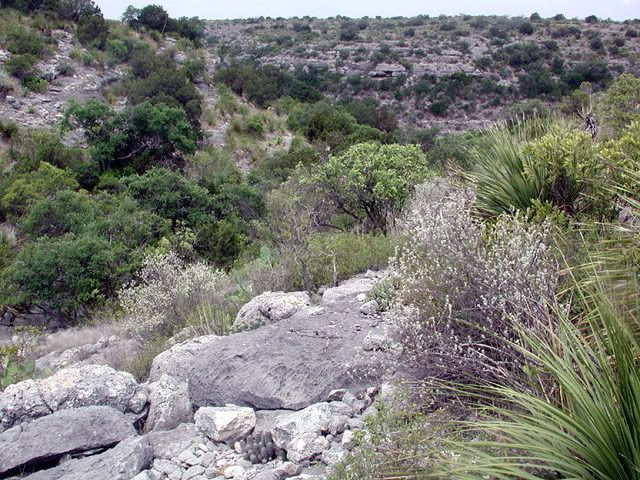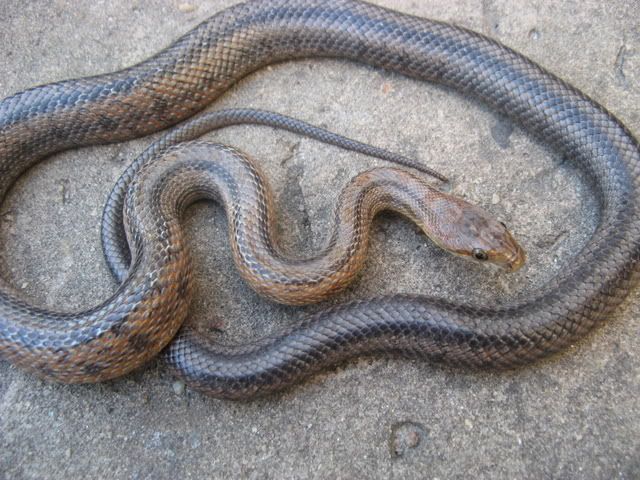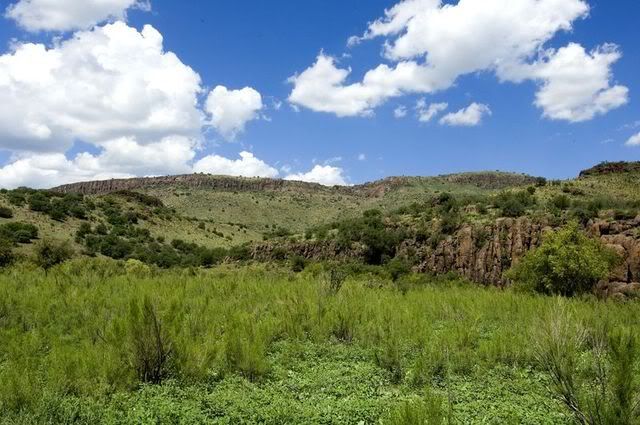-med.jpg) Bandera Co. Baird's --This group originates from the far eastern part of their range along the edges of the Edwards Plateau. I have struggled to get a photo that represents the true colors of my breeders. These animals have some of the most extensive and intense orange that you will see in any Baird's.
Bandera Co. Baird's --This group originates from the far eastern part of their range along the edges of the Edwards Plateau. I have struggled to get a photo that represents the true colors of my breeders. These animals have some of the most extensive and intense orange that you will see in any Baird's.Loma Alta Baird's--This locale is in the middle part of their range in Val Verde Co. which is just north of the Mexican border and east of Big Bend National Park. Animals from this locale are known for their very light, silvery almost metallic ground color which is enhanced by the red-orange highlights. This is one of the most sought after looks for Baird's Ratsnakes.
 This specimen is a good example of the silvery metallic look seen in Baird's of this locale.
This specimen is a good example of the silvery metallic look seen in Baird's of this locale. This close-up photo of the same animal shows the red-orange highlights.
This close-up photo of the same animal shows the red-orange highlights. Typical habitat in Val Verde Co. Baird's Ratsnakes are often found in the layers of limestone that characterizes this region. Photo courtesy of Nathan Wells.
Typical habitat in Val Verde Co. Baird's Ratsnakes are often found in the layers of limestone that characterizes this region. Photo courtesy of Nathan Wells.Davis Mtn--This is a locale from the western part of their range in Jeff Davis Co. Specimens from this region are known to be more brown and darker than animals from other locales. This may be an adaptation for thermal regulation due to the elevation of this area. The bright highlights they can exhibit with the dark ground color makes them among the most striking of Baird's.

 Davis Mountain habitat which is one of the highest elevations where Baird's Ratsnakes are found. Photo courtesy of Jack Goldfard
Davis Mountain habitat which is one of the highest elevations where Baird's Ratsnakes are found. Photo courtesy of Jack Goldfard
No comments:
Post a Comment